To determine a fake Indian restaurant, all you need are your eyes, ears, mouth, nose and some background knowledge about Indian food.
Rajesh Bhardwaj, Founder & CEO of Junoon Restaurant, says that Indian cuisine is diverse because of the different regions and styles of cooking. The cuisine is reflective of over 5,000 years of food culture impacted by agriculture, geography, trade, ethnicity and globalization.
According to Bhardwaj, the executive of one of America’s most lauded Indian eateries, “authenticity comes from a tandoor (clay oven),” in North Indian cuisine. If you’ve eaten at a North Indian establishment, you’ve probably heard of Tandoori chicken or Tandoori naan. Curry based dishes like chicken makhani and chicken tikka masala are also popular, and are often accompanied by types of bread like naan, roti and paratha.
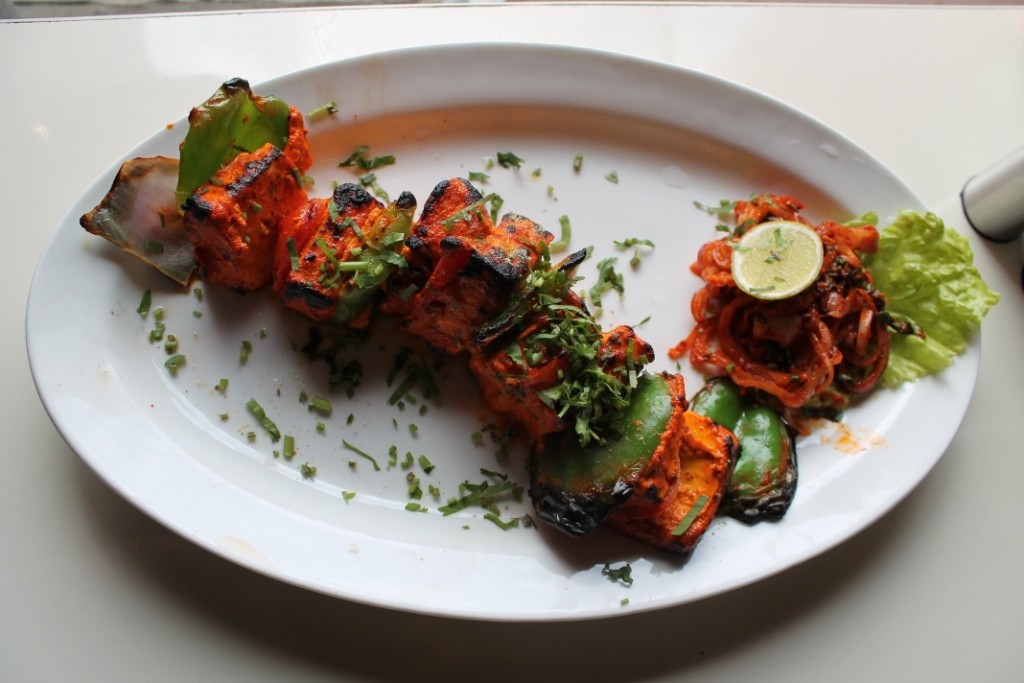
Photo by Aakanksha Joshi
On the other hand, South Indian cuisine typically has more vegetarian and seafood-based dishes full of spice and rice. In the US, most South Indian restaurants serve popular breakfast foods such as dosa (savory crepe), idli (lentil/rice cake), vadas (similar to donuts) and uttapam (savory pancake).
Since I’m a pancake lover, I typically order an uttapam. You can order a plain uttapam, or one with onions, or even one with cheese. If you’re incredibly indecisive, like me, order an onion-cheese uttapam. If you’re dining with someone or have a large appetite, order a dosa too.
Again, there are many options: a masala dosa (one with spiced potatoes), a cheese dosa or a paper thin dosa. Usually, such breakfast dishes are accompanied with a coconut chutney and sambar, which is a warm veggie or lentil-based broth with some spice.
Now that you have some background information, it’s time to visit an Indian restaurant and see what makes it authentic.
Use your eyes
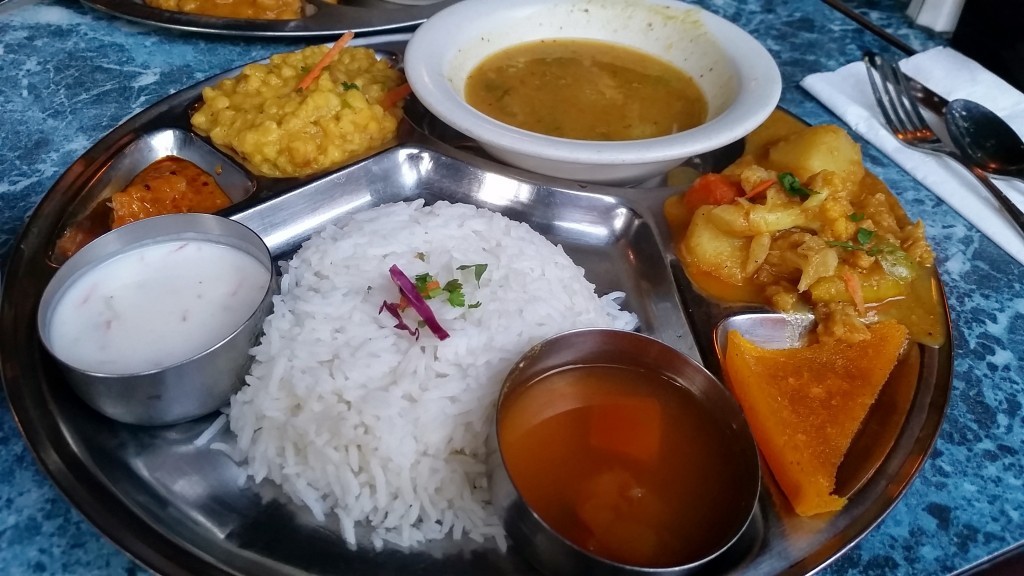
Photo by Eunice Choi
Begin by consulting the menu to identify the regional cuisine the restaurant serves. Bhardwaj mentioned that because the Northern region of India is landlocked, seafood isn’t traditional in their dishes.
Instead, meals consist of meats and veggies like eggplant, okra and spinach. In South Indian restaurants, there will be more seafood-based and red meat-based curries, like pulusu, and several vegetarian options.
However, as I mentioned earlier, if you’re visiting a South Indian eatery in the US, they are most likely going to serve vegetarian breakfast items. Primarily, if it’s a North Indian restaurant and they’re serving a multitude of seafood — caveat emptor! If it’s a South Indian restaurant selling several meaty dishes, the establishment probably isn’t authentic.
Use your nose
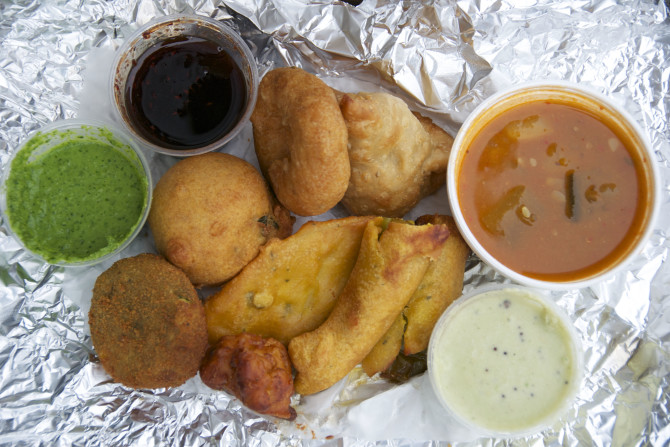
Photo by Sasa Schwartz
Take a sniff and try to detect the scent of the foods. Can you smell a mixture of spices? For instance, cumin, coriander, turmeric, cardamom, cloves and fenugreek are essential in Indian cuisine. Do you smell chilies, ginger or garlic? They are also prevalent in Indian cooking.
Use both ears
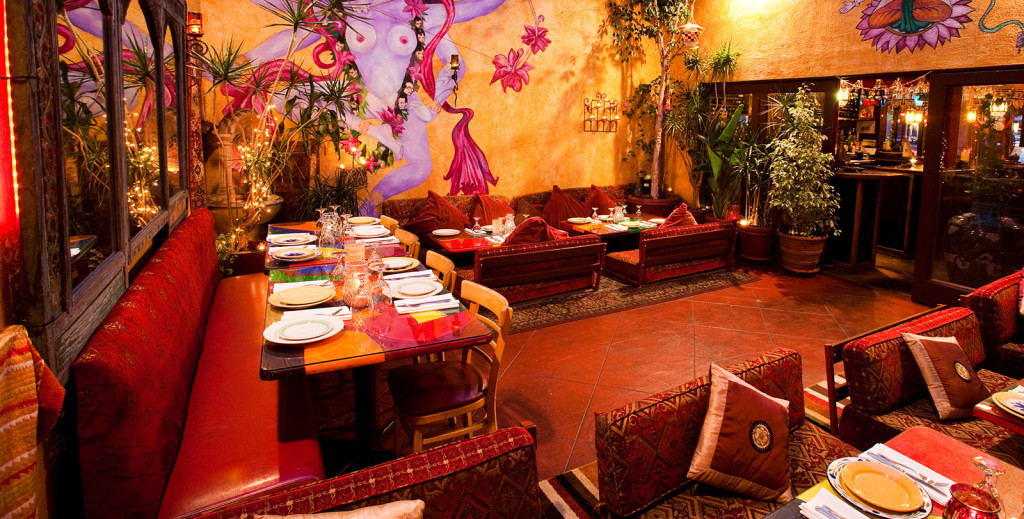
Photo courtesy of electrickarma.com
Assess the atmosphere. Can you hear other customers speaking in Hindi, Gujarati, Tamil or Telugu? What about the waiters? It’s a huge bonus if there is Bollywood or Tollywood music playing in the background. These are all indicative of authenticity, if not of the food, at least of the establishment and its’ proprietors.
Taste the food
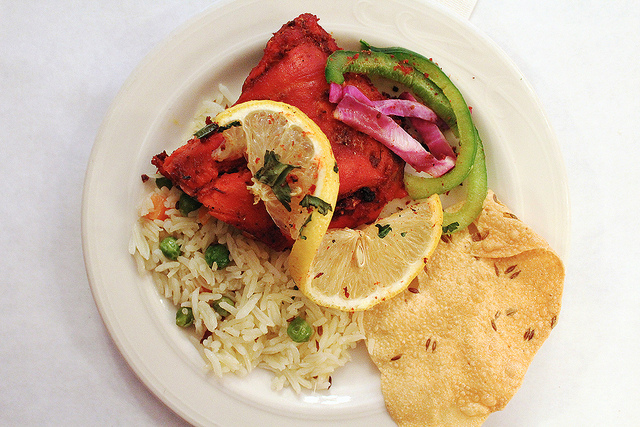
Photo by Ally Mark
Does the food taste divine? Does it make you feel divine? That’s how you know whether or not you’re in the right or the wrong place.
Congratulations, you can now distinguish between authentic and fake Indian restaurants. You should celebrate with a cup of chai.


